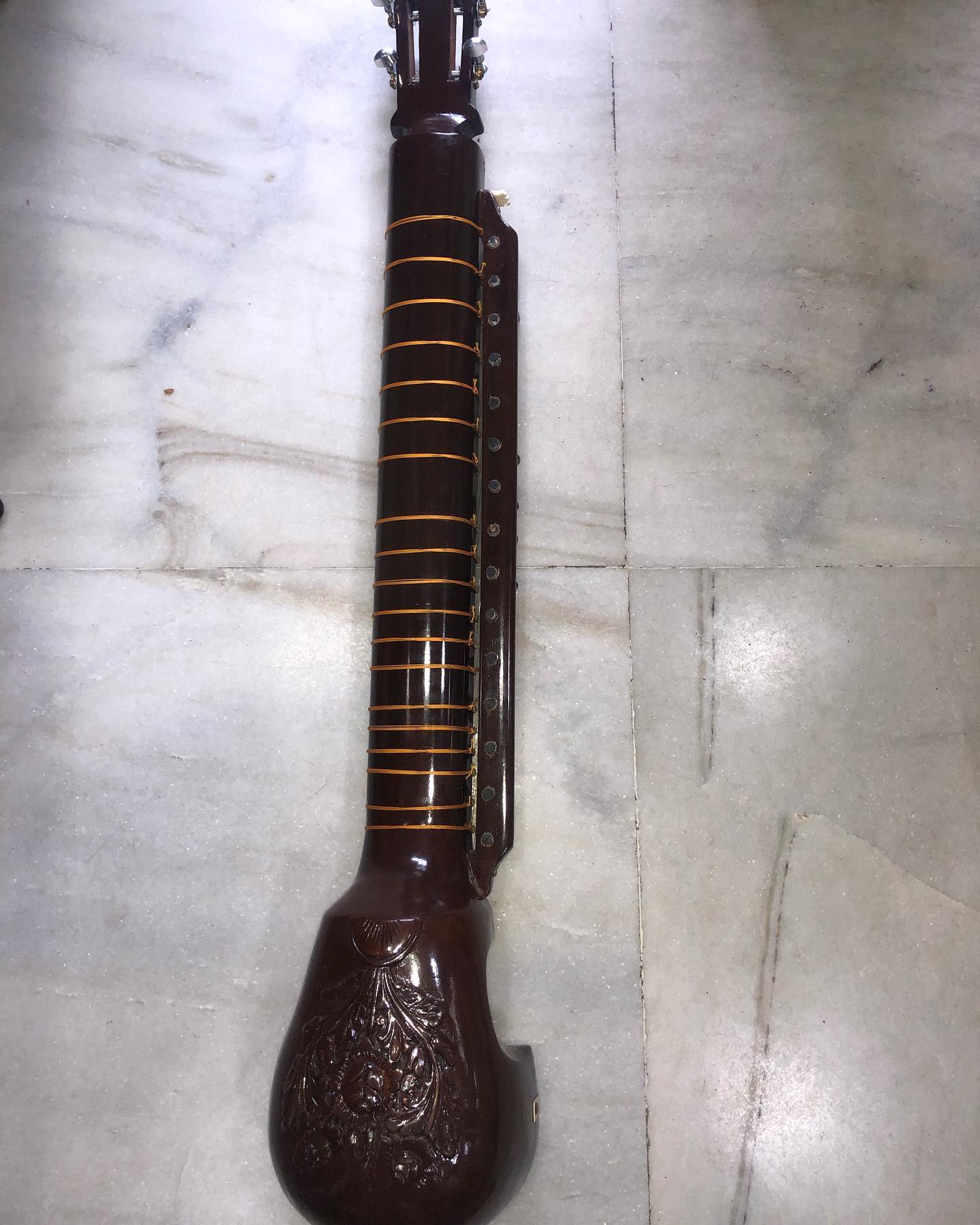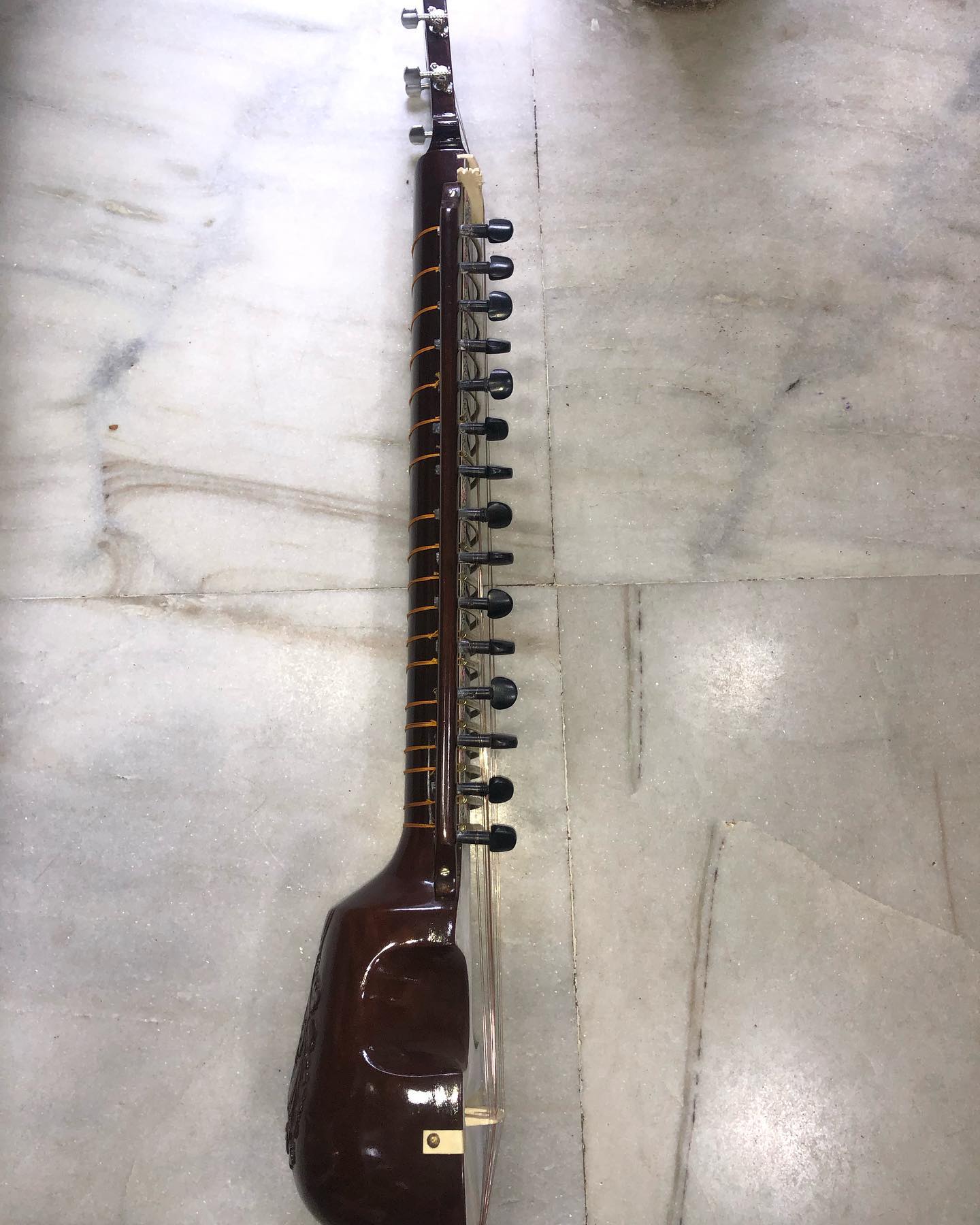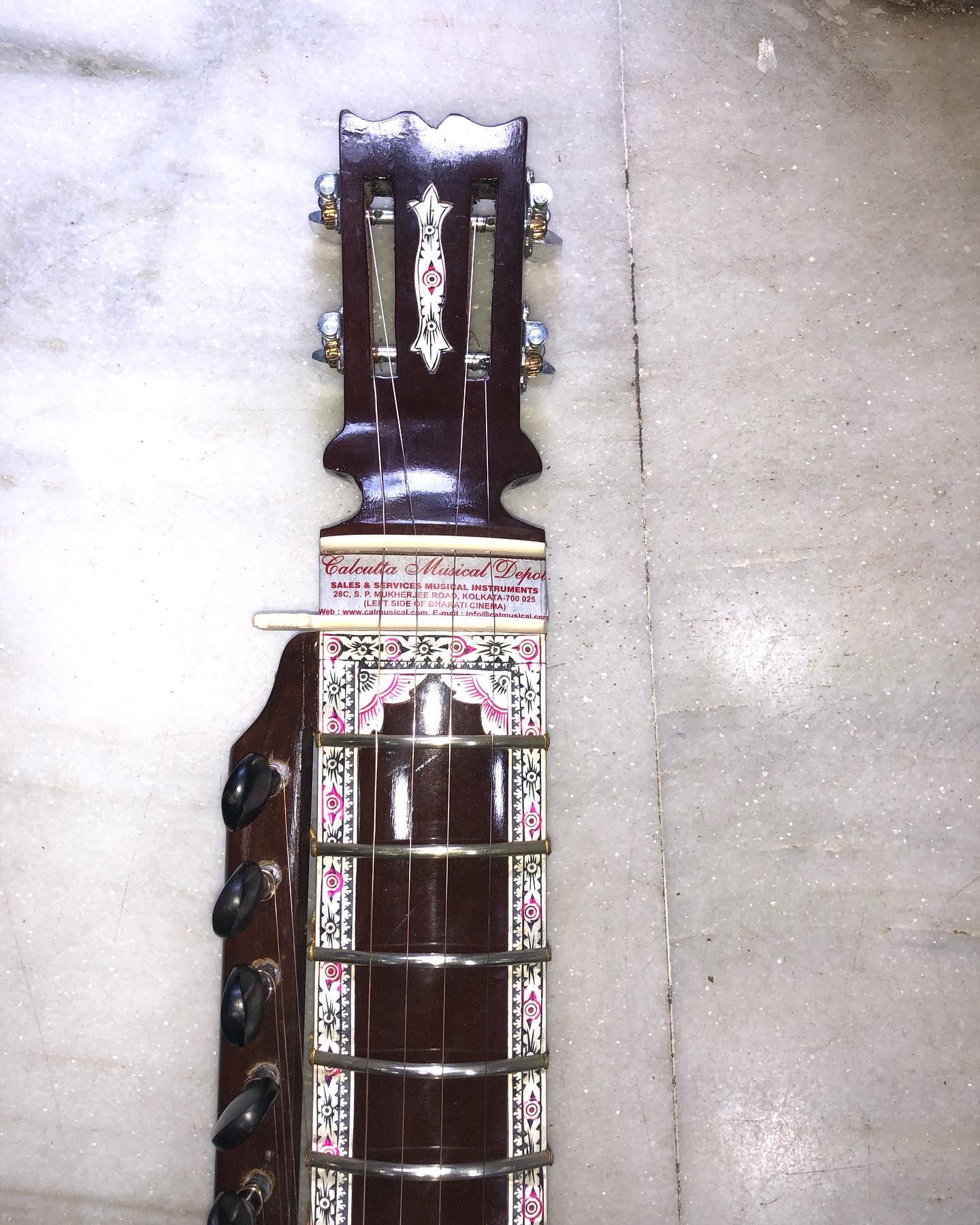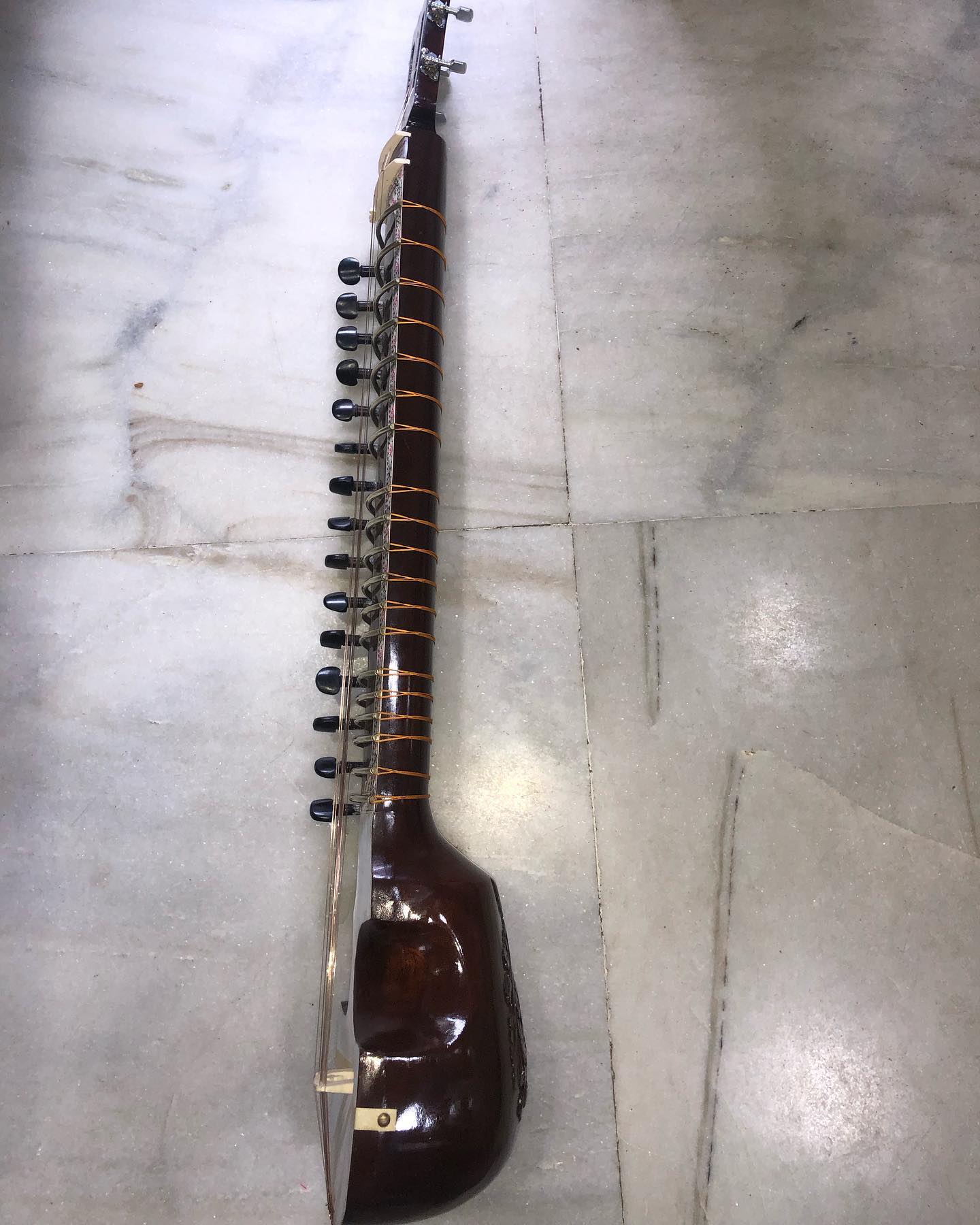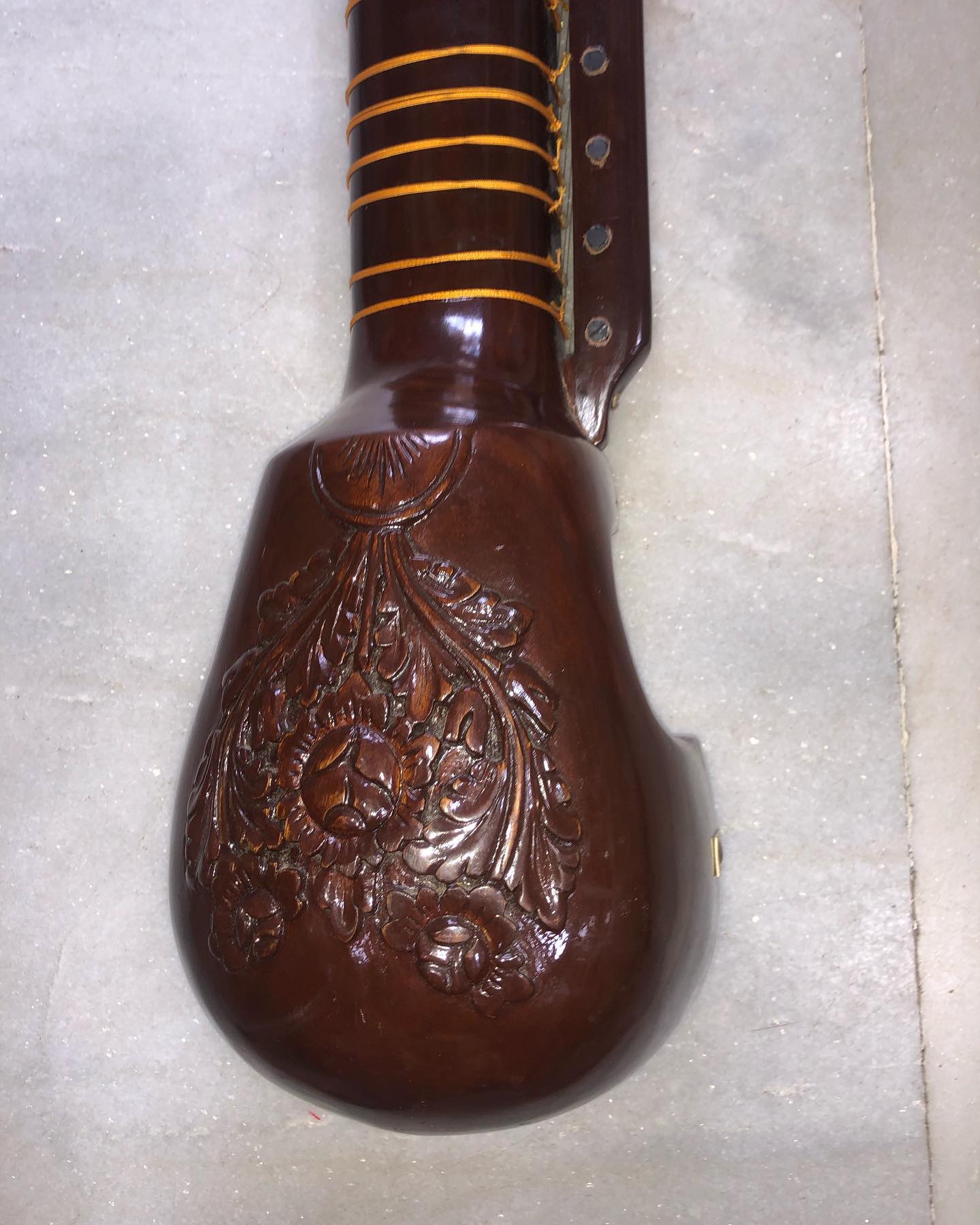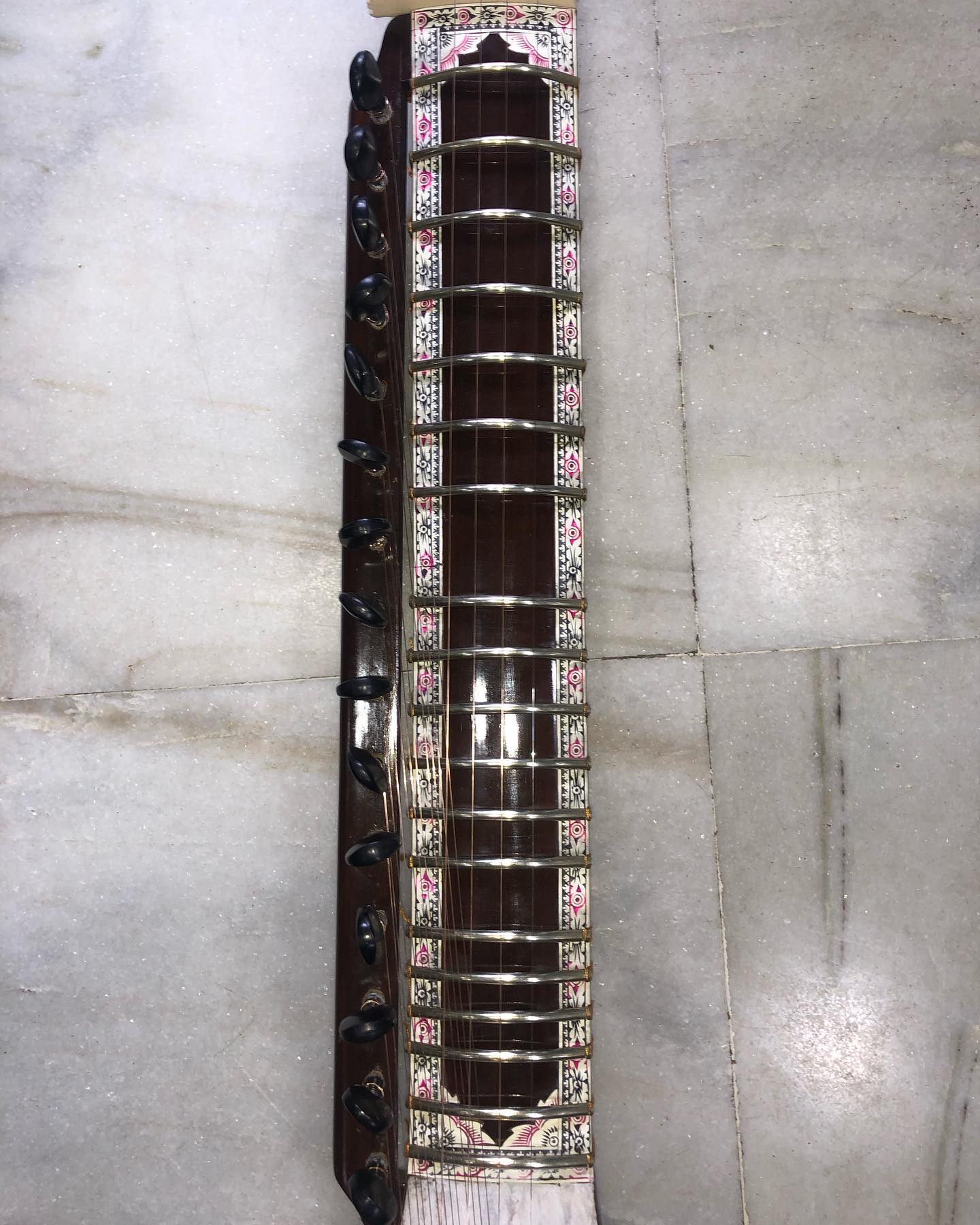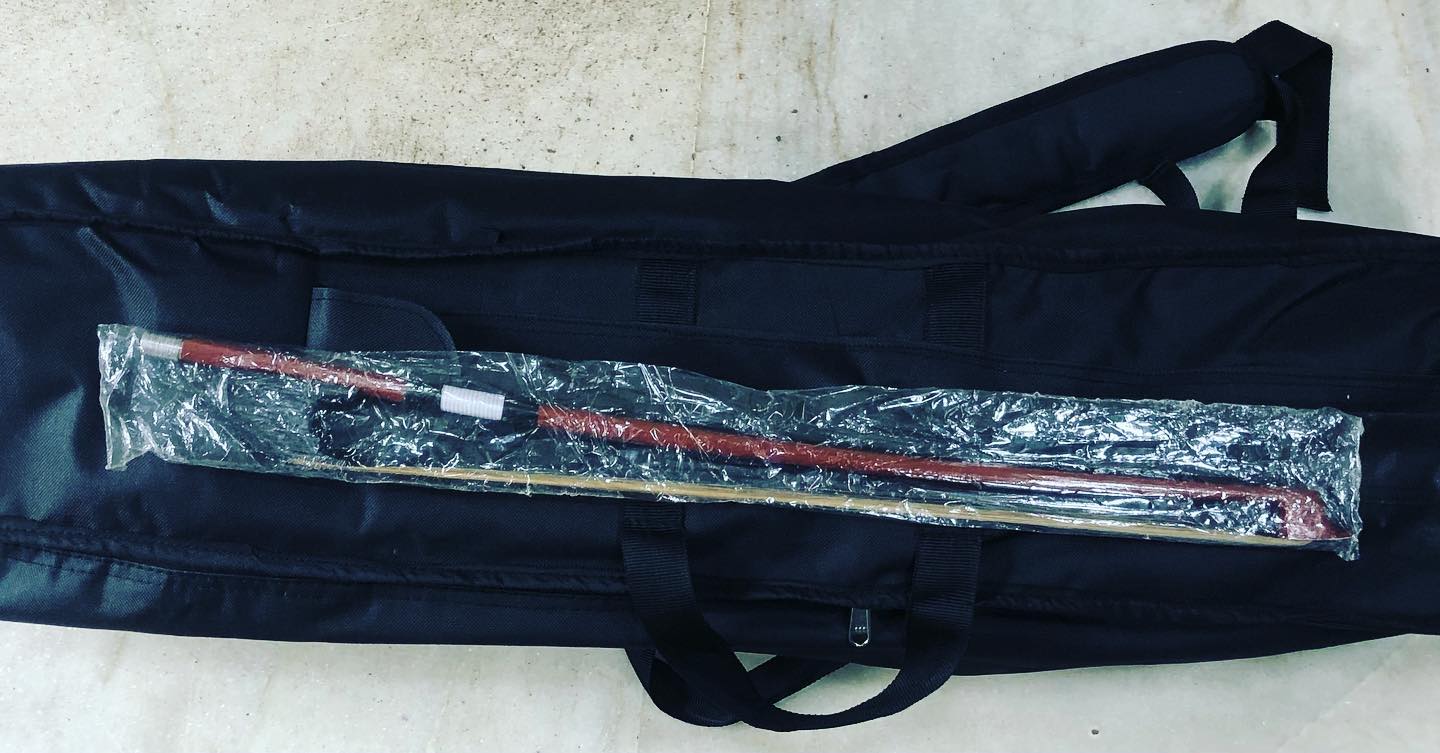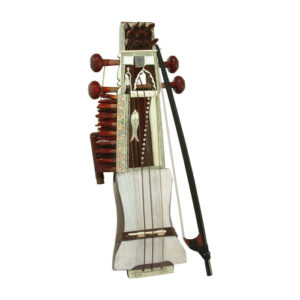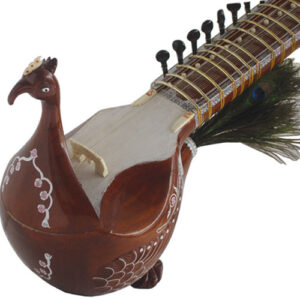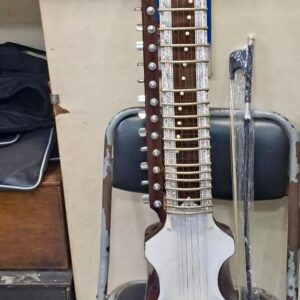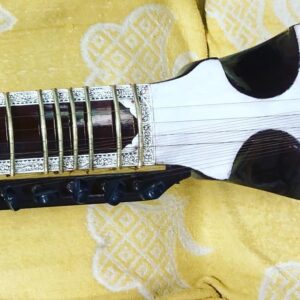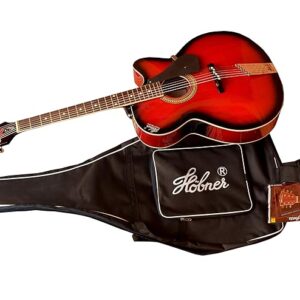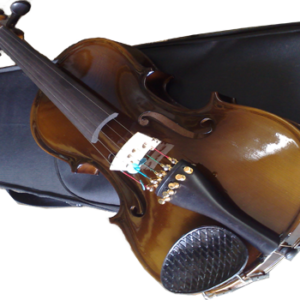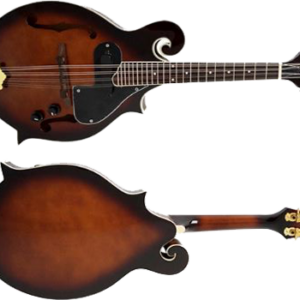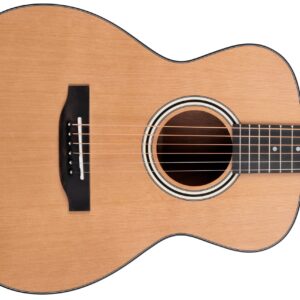Description
Esraj
Special Features:
Good sound quality, classically tuned.
Delivery Time: 10-12 Working Days after Successful Payment.
For More information SMS 1800 Name Email Country and Send to +919830066661
N.B: All prices are inclusive of Shipping (International Air Mode)/ Packing/ Tax/ Insurance. No hidden cost. Read our Terms & Conditions, Privacy Policy and Shipping Policy.
In The Box: Esraj, Bow, Raisin, Bag
History (Wikipedia):
From where we get Esraj- Small history below:
Our knowledge about the instrument is from Wikipedia. As per Wikipedia, we shared this small history to let our customers know about the history. The modern variant of the dilruba is, in fact, the esraj. Furthermore, some 300 years ago, the 10th Sikh guru, Guru Gobind Singh, created the dilruba, basing it on the much older and heavier Taus. Consequently, he made it more convenient for the Khalsa, the Sikh army, to carry the instrument on horseback. Moreover, according to the folklore, Ishwari Raj, a musician who lived in Gayadam, created the esraj.
Musicians use the esraj or esraaj (from the Punjabi: ਇਸਰਾਜ Shahmukhi: اسراج), a stringed instrument found in two forms throughout South Asia. Moreover, it is a relatively recent instrument, being only about 300 years old. Specifically, artists play it in Pakistan and North India, primarily Punjab, where they use it in Sikh music, and also in West Bengal, where they use it in Rabindra Sangeet and Classical Music. Furthermore, experts recognize the esraj as a modern variant of the dilruba, differing slightly in design.
The dilruba and its variant, the esraj, have a similar yet distinct construction style; specifically, each features a medium-sized sitar-like neck with 20 heavy metal frets. Furthermore, this neck supports a long wooden rack of 12–15 sympathetic strings, known as the taraf strings, as well as 2-3 jawari strings. By using the jawari strings, one can emphasize the vadi, samvadi, and nayeshwar notes; however, it is important to note that the jawari strings may not always be present, this provides a basic history of Esraj.

